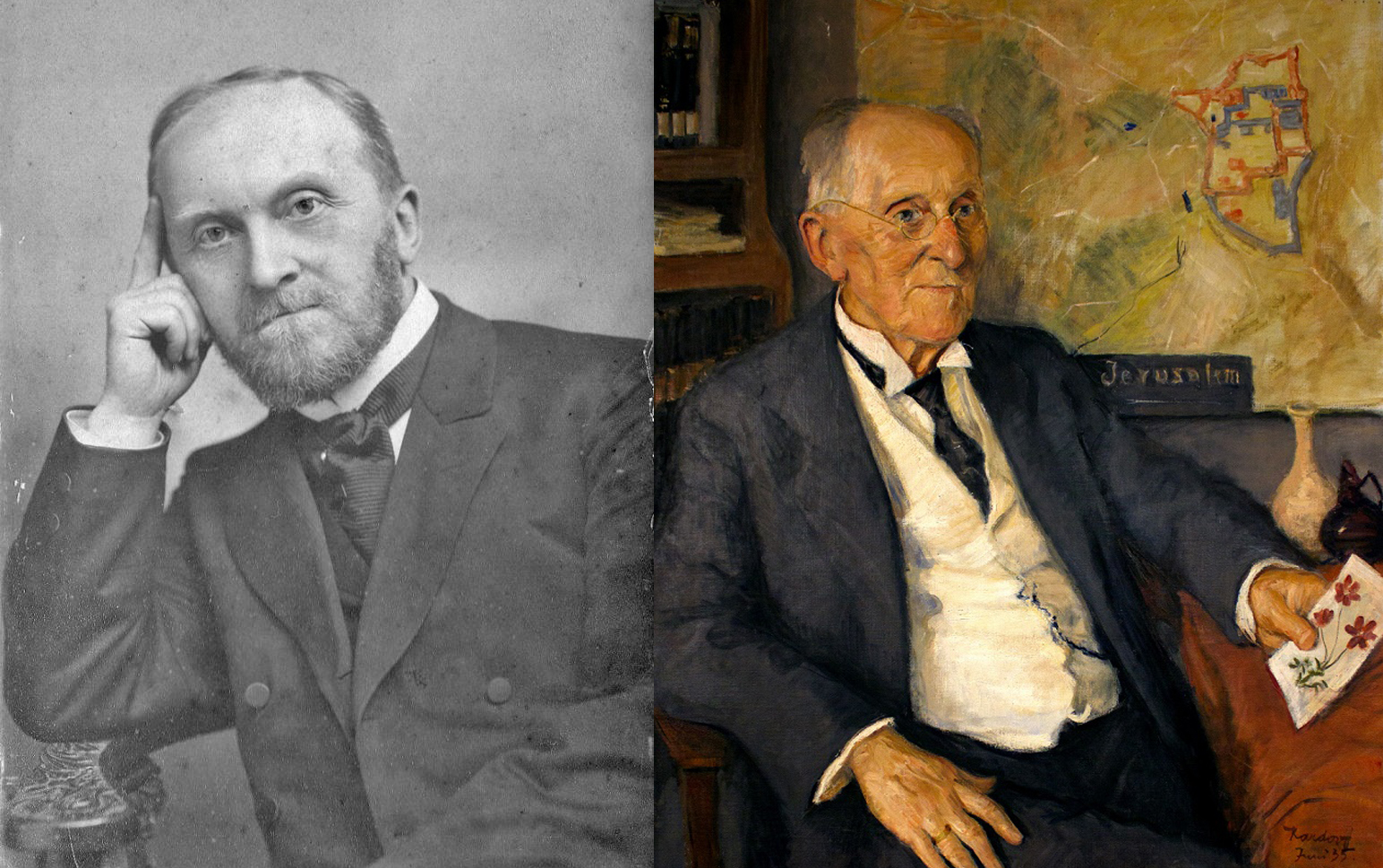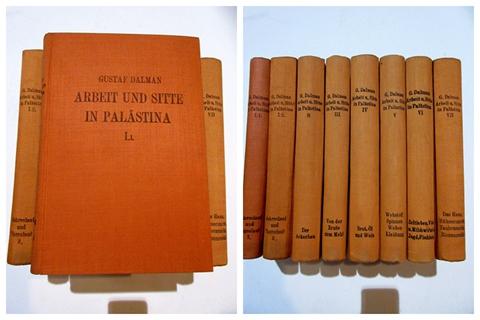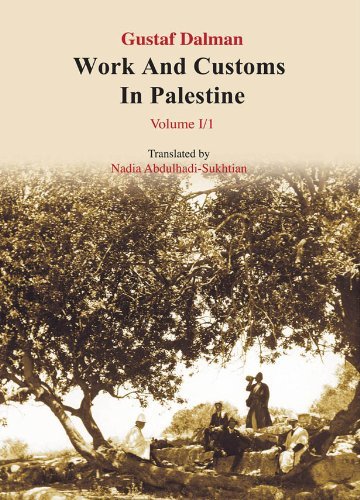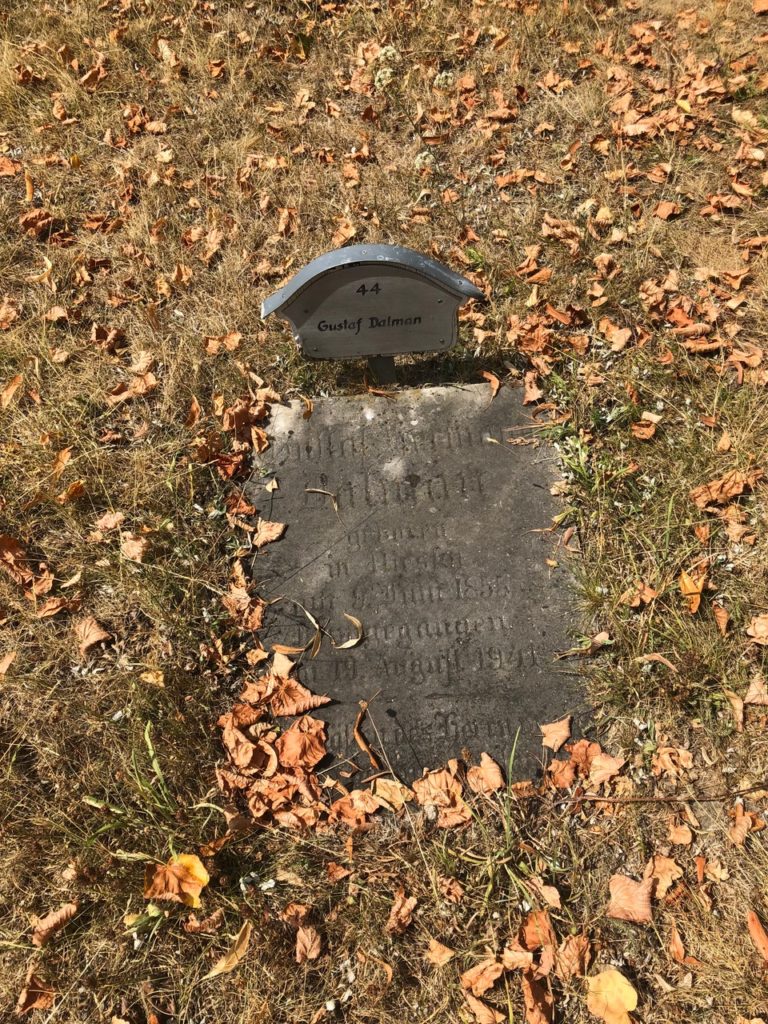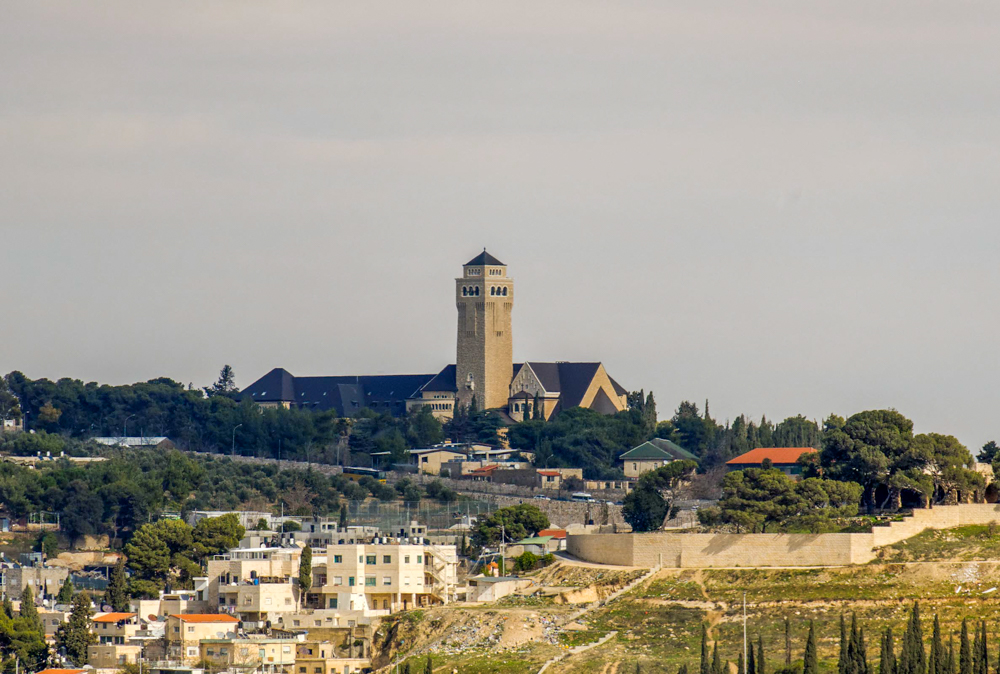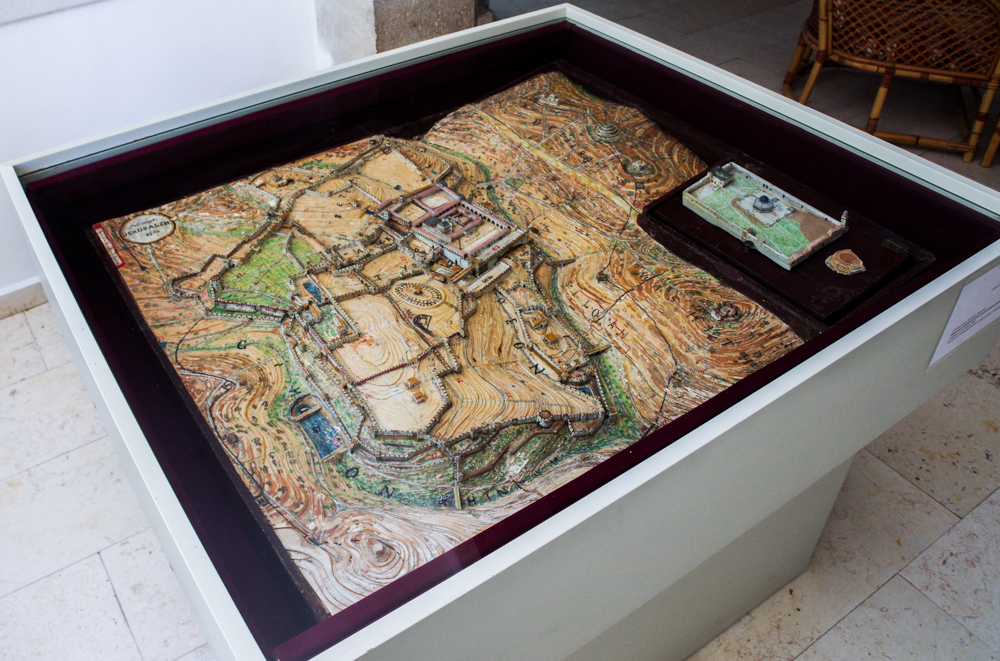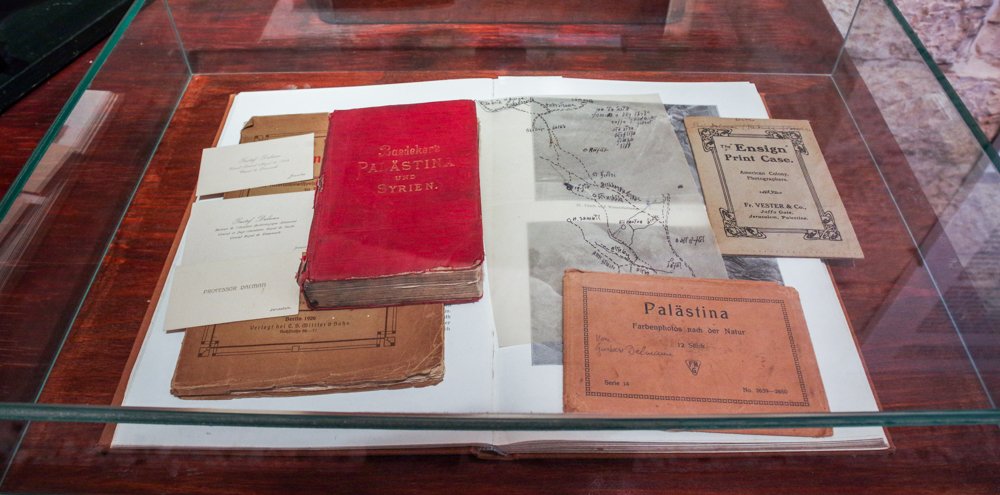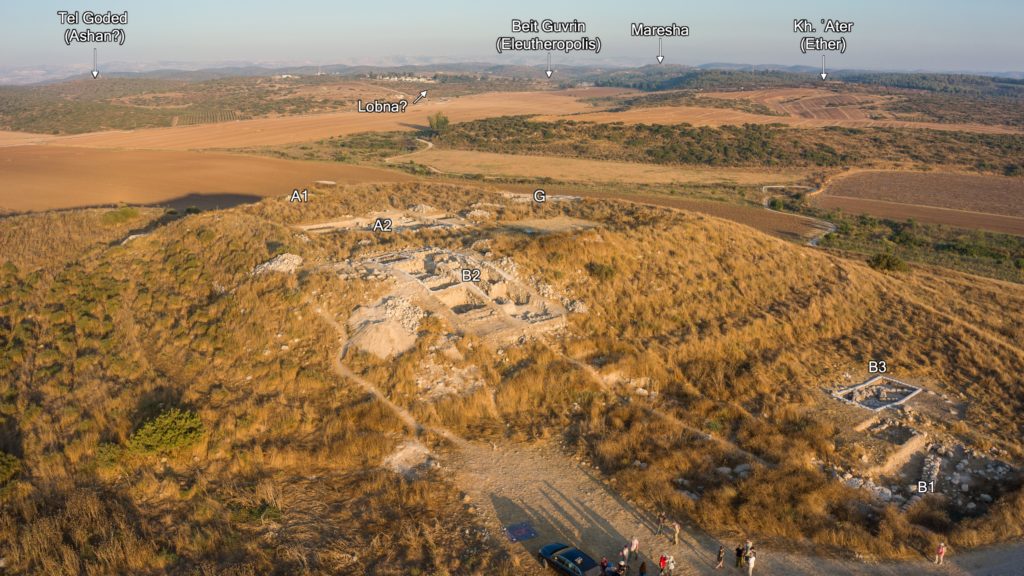“Egypt archaeologist Kathleen Martinez is convinced that she has pinpointed the final resting place of Queen Cleopatra, after discovering 200 coins depicting her face at an ancient temple site in Alexandria.”
The Grand Egyptian Museum is 90% complete and will include the world’s first hanging obelisk.
Though unimpressive on the outside, the pyramid of Unas at Saqqara is filled with inscriptions from the Old Kingdom period.
Here is a list of five ancient tombs that scholars would like to find; four are Egyptian and one is Alexander the Great.
According to a new study, “the Hyksos were not invaders, but rather Asiatic immigrants who settled in Egypt – specifically in the Nile Delta region – lived there for centuries and eventually managed to stage a takeover of power.” (Underlying journal article here.)
Egypt is in a dispute with Ethiopia over a dam that could severely restrict the Nile River’s water supply.
“The early inhabitants of Lisan Peninsula, on the southern corner of the Dead Sea, explored the potential of the spring waters for irrigation.”
“Archaeologists were able to uncover more than 14,000 settlement sites in northeastern Syria thanks to help from satellite technology from NASA’s Shuttle Radar Topography Mission.”
French archaeologists are conducting “secret excavations” in a part of Syria occupied by the YPG/PKK.
The Hagia Sophia in Istanbul has been converted into a mosque. Greece is threatening to impose sanctions.
A Luwian inscription discovered in Turkey may provide evidence of the famous King Midas.
Leon Mauldin shows how Perga’s watercourse provides a picture of the new Jerusalem’s river of the water of life.
Carl Rasmussen explains the relevance of the Lycian Confederation to the history of the United States.
Carlotta Gall and photographer Mauricio Lima visited the Hasankeyf valley repeated for a half a year to witness its destruction as the waters rose behind the Ilisu Dam.
An underwater museum in Alonissos, the first in Greece, will open to visitors next month.
Pamela Gaber examines Cypriot sculpture from the Iron Age.
A new museum in Gozo, Malta, will incorporate an ancient Roman quarry into its layout.
There is controversy over the proposal to add a roof to the tomb of Augustus in Rome.
The entire collection of the Museum of Anthropology in Tehran was stolen by a burglar.
“7 Sides of a Cylinder” is a compilation of 7 videos about the Cyrus Cylinder and its significance to young Iranians.
A tourist describes a recent visit to Iran.
Archaeologists are discovering architectural remains from the time of the Medes at Ecbatana.
David Stronach, founding Director of the British Institute of Persian Studies and excavator of Pasargadae, has died.
HT: Agade, Joseph Lauer, Alexander Schick, Ted Weis, Explorator, Jared Clark
